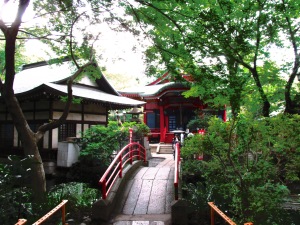Someone new is in my life…I think? I’m not certain, as it could simply be My Lady in another one of her many guises. The entity in question, anyway, is the Sino-Japanese star deity known as Myōken.
Myōken is most often said to be the deity of the polestar, but his identity is quite fluid, hence my confusion. He is known by many other names, and is associated with many other deities in Japanese culture. Japanese polytheism (which is not limited to Shinto by any means) is complex and syncretic, and you can never be sure which deity you’ve got hold of.
I came to My Lady Saraswati via her Japanese persona Benzaiten-sama. Yet Benzaiten-sama is not only Saraswati; she is seen as the Bodhisattva Kannon, the Devi Sri, and various others. Her iconography overlaps with Oinari-sama, Dakiniten, and most importantly here, Myōken. Both Myōken and Benzaiten are associated with dragons and magic jewels, for instance.
Currently, the cultus I give Myōken is limited to observing the actual stars in the sky, and his shrine is a homemade paper talisman taped to the ceiling above My Lady’s shrine. I feel She has called me to the star god for a reason, if only to gain a greater understanding of Her.

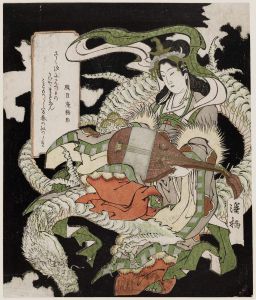 Aoigaoka Keisei, “Benzaiten Seated on a White Dragon”
Aoigaoka Keisei, “Benzaiten Seated on a White Dragon”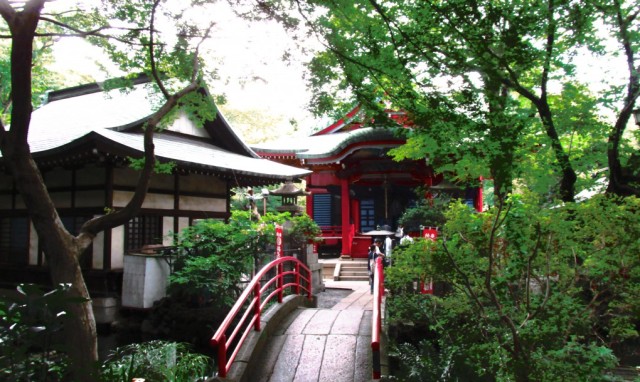
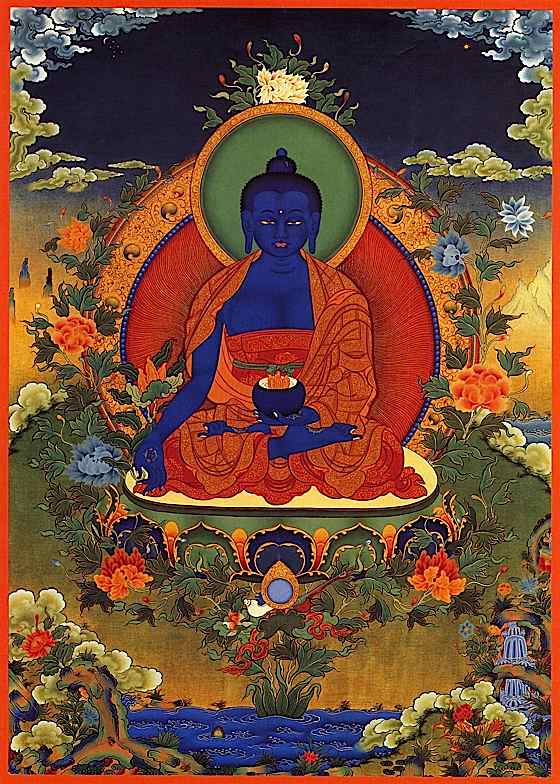
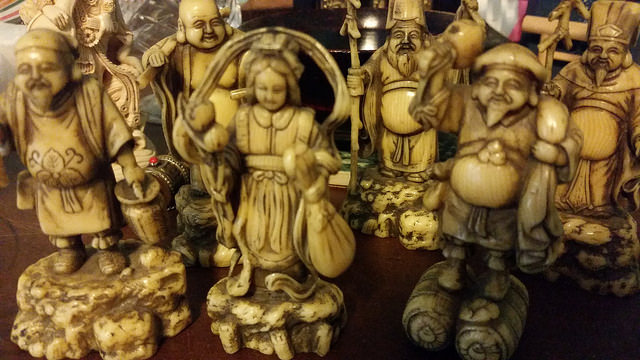 Guess what I found at the local antique market? Happy Anniversary!
Guess what I found at the local antique market? Happy Anniversary!
